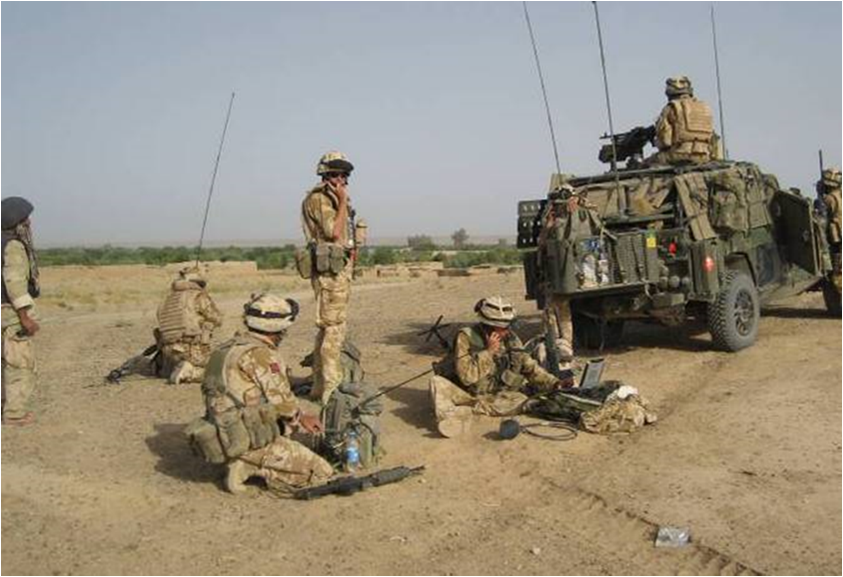Challenge: Joint Fires coordination training is one of the most resource intensive capabilities to train and maintain competency and currency globally. Good simulation can assist in both the delivery and skill maintenance at a fraction of the cost and significantly reduce risk. British Army Joint Fires simulators and low level crew trainers are increasingly obsolete, and will be out of service before the JOINT FIRES SYNTHETIC TRAINER (JFST) is delivered. A Training Needs Analysis was required to determine how Joint Fires training could be optimally taught and maintained, whilst identifying where good simulation could assist by delivering increased, easy access to training opportunities both prior to, and instead of, conducting live practice
Solution: Waves conducted a Training Needs Analysis for individual and collective (CT1-3) Joint Fires training through a review of current doctrine; by conducting training establishments, formation headquarters, units and major exercises visits and data capture; through training audience interrogation, and by auditing current Joint Fires training requirement doctrine. Thereafter, a Training Gap Analysis was conducted against current training to identify performance, Conditions and Standards omissions, including synthetic training gaps created by a lack of current ‘simulator’ fidelity. The subsequent Training Options Analysis provided options to train the identified gaps, including considerations for simulator design and capability.
Results: Waves provided fully compliant and auditable training documentation to facilitate the optimal delivery of Joint Fires training and subsequent maintenance of competency and currency. Waves also identified where easily accessed, good simulation could deliver increased training opportunities both prior to, and instead of, conducting live practice, and made recommendations to assist the specification and design of simulation systems.

